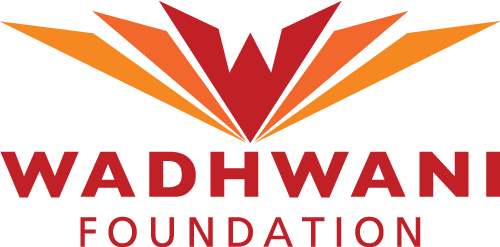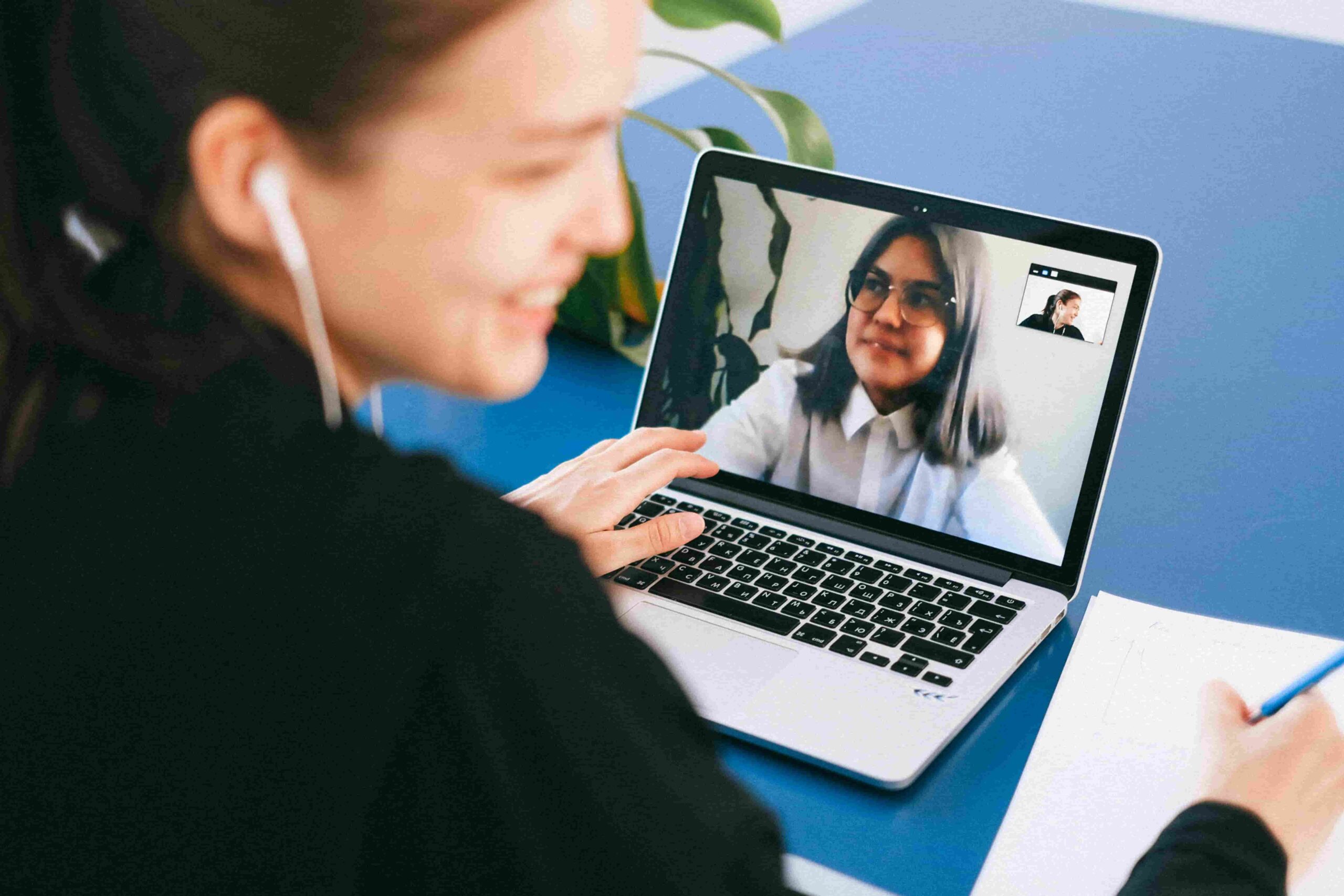It happened during a Monday meeting. The company’s AI tools had just rolled out. A senior coder—known for solving impossible bugs—sat quietly. Across the table, a junior associate, barely a year in, asked a simple question: “What else can we automate?”
Everyone turned. That’s when it clicked—knowing something isn’t enough anymore. Being willing to learn what’s next is where the real edge lies.
The future job market is shifting. Roles change faster than resumes can keep up. What’s valued now is your ability to adapt—to learn, unlearn, and re-learn. The ability to navigate change is more powerful than clinging to deep technical skills in a single domain.
According to the World Economic Forum, 44% of workers’ skills will be disrupted within the next few years. That means what you’re great at today might be outdated tomorrow. And companies know this.
From mastering tools to mastering learning
Let’s break it down:
| Old Rule | New Reality |
| Be the best at what you know | Be fast at learning what you don’t know |
| Stick to one role or industry | Be ready to move across roles or sectors |
| Build deep domain experience | Build adaptability and problem-solving |
Think of it this way—if software can write code, predict trends, and design logos, what do humans bring to the table?
Curiosity. Judgment. Creativity. Flexibility.
These aren’t just soft skills anymore. They’re critical skills. The future job market is leaning into these human strengths. And it’s not just tech companies doing this. From banks to hospitals, employers are looking for signs of learning agility over static qualifications.
LinkedIn’s 2025 Workplace Learning Report highlights that 88% of L&D leaders now see proactive skill-building as critical to future success—employers are increasingly seeking adaptable talent who can evolve with the role, not just fit it from Day 1.
So, what does being a learner-first professional actually look like?
Here’s what hiring teams notice:
- People who ask better questions during interviews, not just give rehearsed answers.
- Those who switch roles or industries but can still create impact quickly.
- Candidates who talk about recent skills they’ve picked up—through online learning, side projects, or stretch assignments.
It’s not about stacking certifications anymore. It’s about showing you can keep up—and more importantly, catch up—when things change.
How individuals and employers can stay future-ready
For individuals:
- Focus on building a learning habit, not just skills.
- Say yes to short-term upskilling programs, even if they feel outside your comfort zone.
- Track your progress: What new skill did you attempt this quarter?
For employers:
- Build cultures where it’s okay not to know—but not okay to stay there.
- Look beyond degrees. Create internal mobility paths based on potential.
- Invest in skilling programs that train for mindset, not just modules.
Kami Inisiatif keterampilan dan Employability Skills Programs help young professionals build confidence and workplace skills beyond the classroom.
Closing thought
The winners in tomorrow’s workplace won’t be the ones who know the most. They’ll be the ones who learn fastest—and keep learning. That’s the skill the future job market is truly rewarding.


